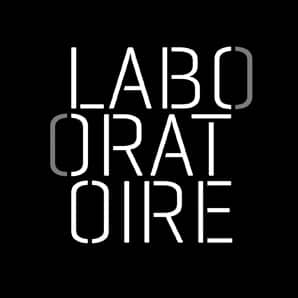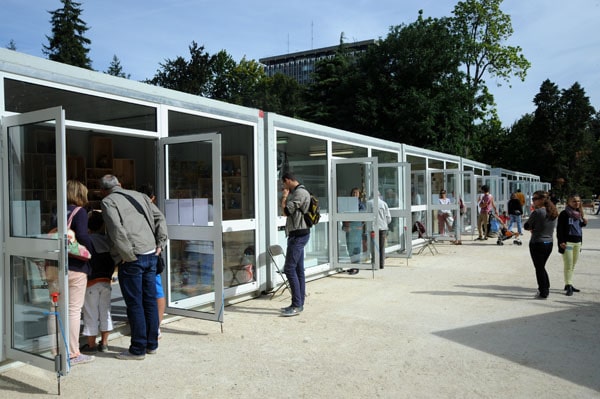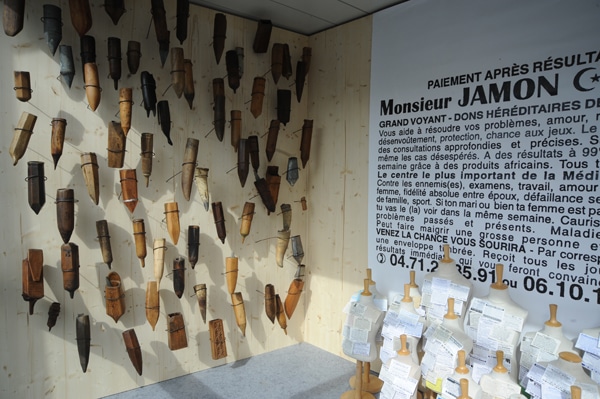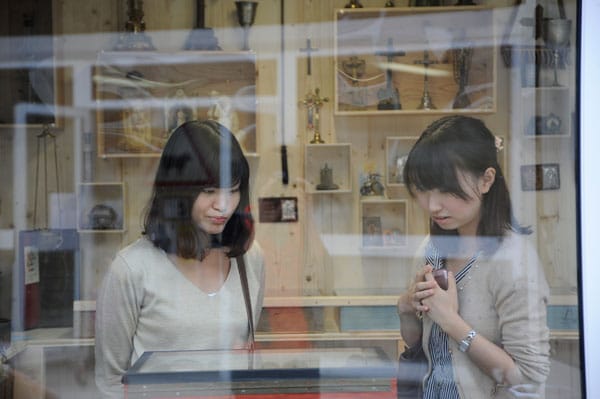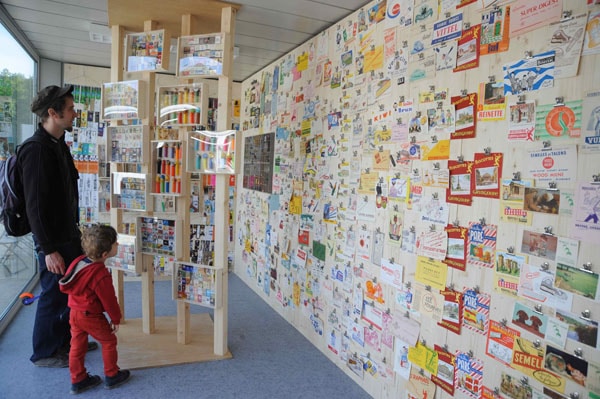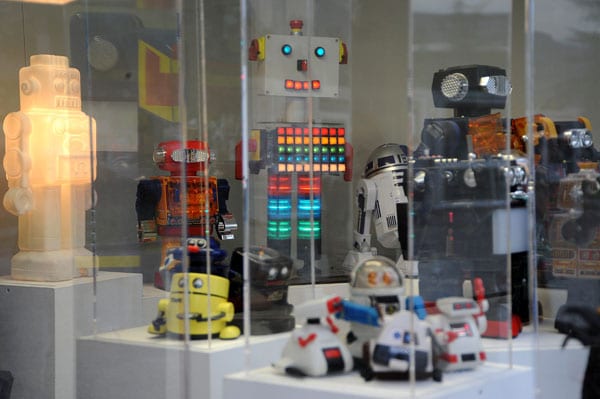The Collection of collections is a traveling installation designed at the request of Universities, with three concerns: revitalization of the artistic heritage inscribed on the campus of Grenoble, opening students to the unexpected as a prerequisite posture to any innovation and experimentation of new territorial links between the city center and the campus.
This urban installation is achieved through the random participation of many collectors. Young or old, rich or poor, man or woman, the collector’s posture crosses the social backgrounds and generations and it is this symbolic discrepancy that appears successful here. The poetic power of the result is indeed based on the hospitality offered to all collectors wishing to participate. Each one brings his own world, because the collection is often the crystallization of an obsession doggedly continued over many years. During this hunt, each collector has sharpened his gaze and deepened the intuitive attraction of the first objects gathered for the benefit of a knowledge increasingly refined over the accumulation of this series of objects, and of an accumulative loyalty requiring him to think in order to classify, prioritize and share.
These imaginaries collected without any hierarchical concern are then placed inside the cabinets of curiosities of urban scale set in the street. The Collection of collections is based on the fertility of the unexpected and of the dynamic relationships between these heterogeneous imaginary in close vicinity. The visitors can enter in most areas to immerse themselves in each collection, reflecting the uniqueness of each of our lives.
These collected objects are somehow generators or accelerators of conversation. In this sense, the Collection of collections is an invitation to walk in the proliferation of human imagination and otherness. As an hospitality area, this collection of worlds regenerates the public space by creating meetings and exchanges. It confuses, loosens and thins the commonly accepted hierarchies between work and hobby, fine art and popular art, intimate space and public space, the specialist and the amateur. It proposes to make visible and circulating words that are not heard, practices that are not expected and intuitions that are not considered.
The Collection of collections carries a current on the front of the territorialisation of an organic public space. For if today many citizens appear to be detached of conventional political representations, they are yet aware of the social and urban contemporary changes and participate daily in new arrangements.
This is a temporary paradox of our time: behind the appearance of a floating attention and a disinterest in public affairs, a new citizenship is particularly active in online social networks and today turns Internet into a contributory public space, sharing, exchange, mobilization or alternative action.The classic public space seems neglected, when the virtual space is now heavily invested by subjects who feel the need to take ownership of their lives, to extend it by sharing and to renew it by giving it an enlarged presence.

